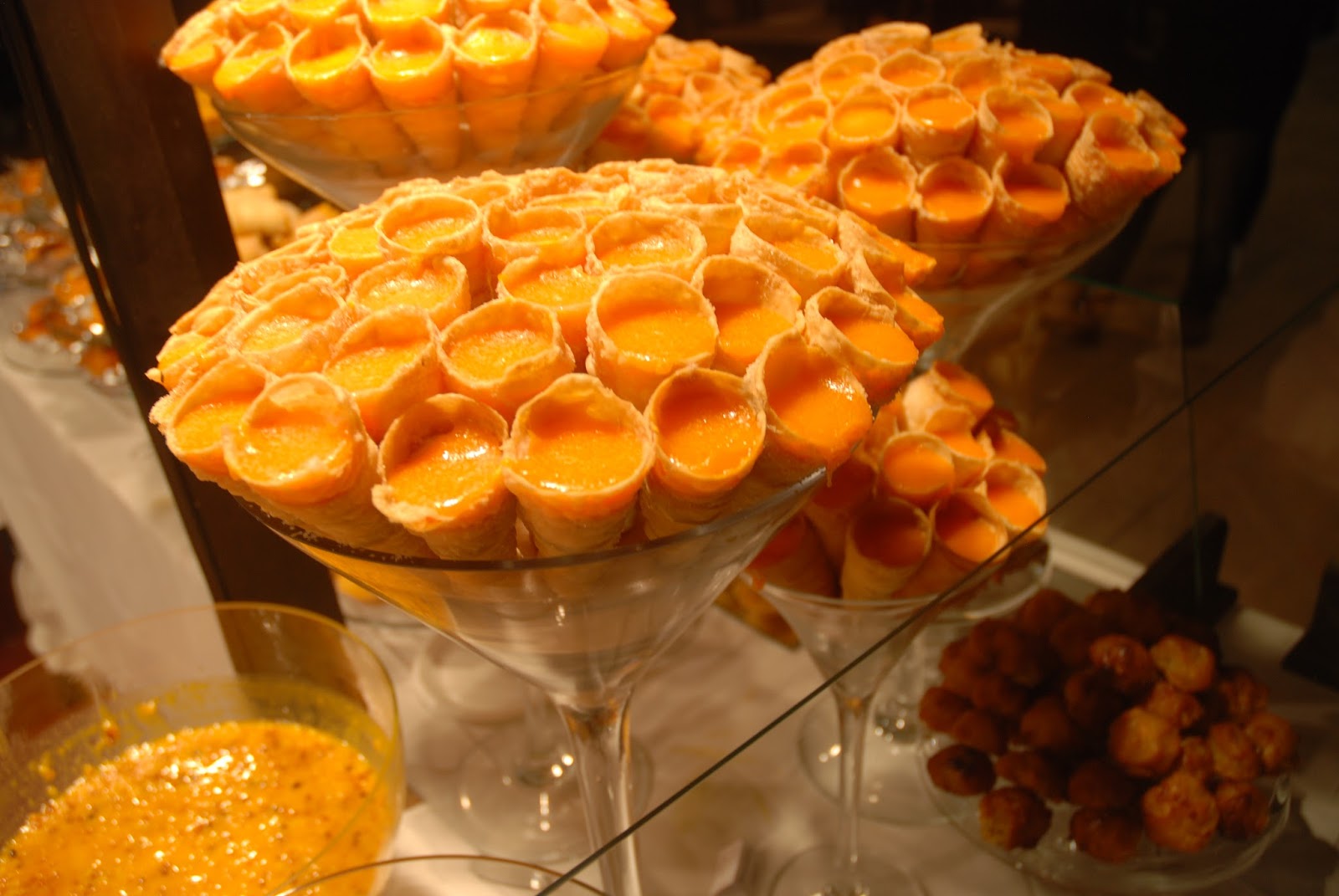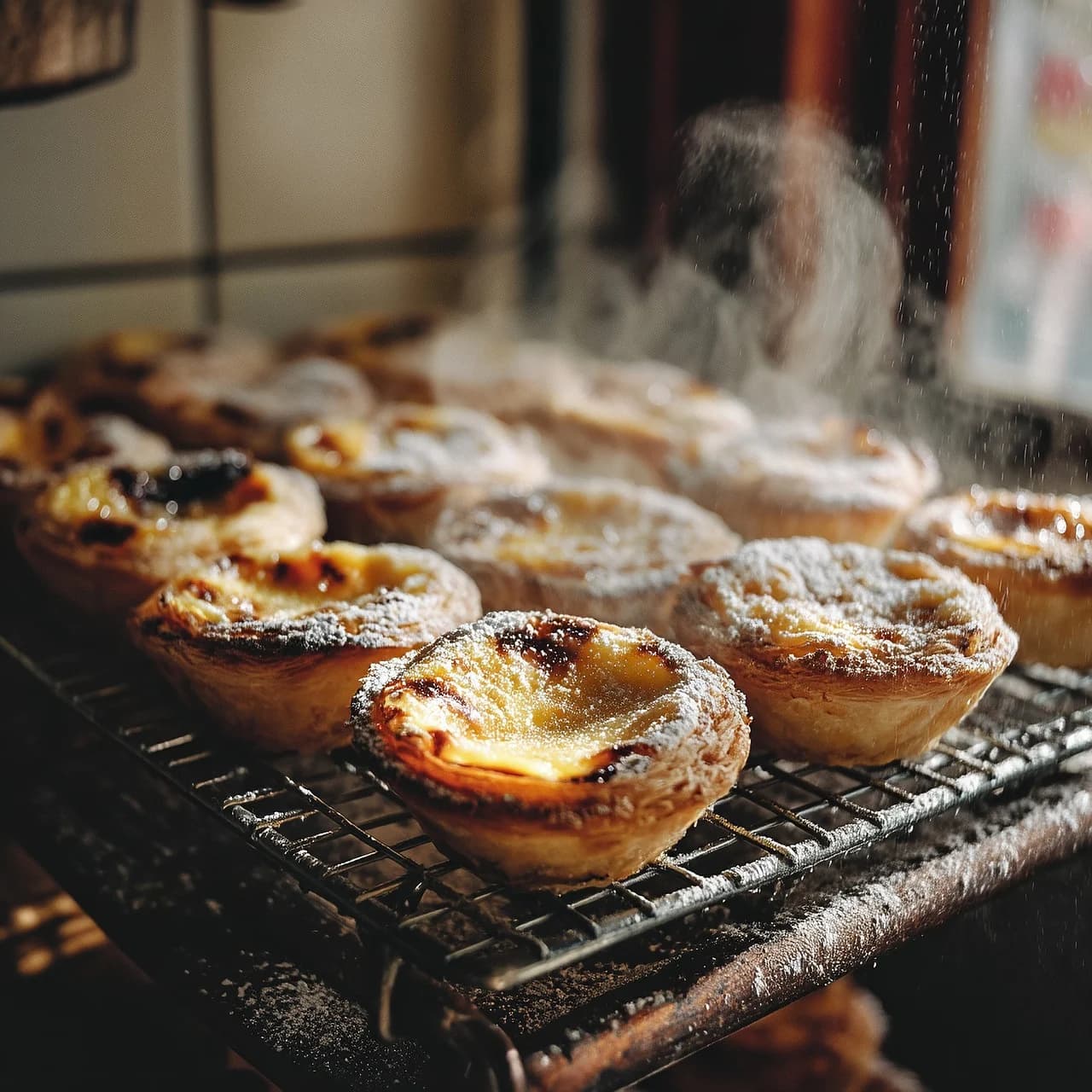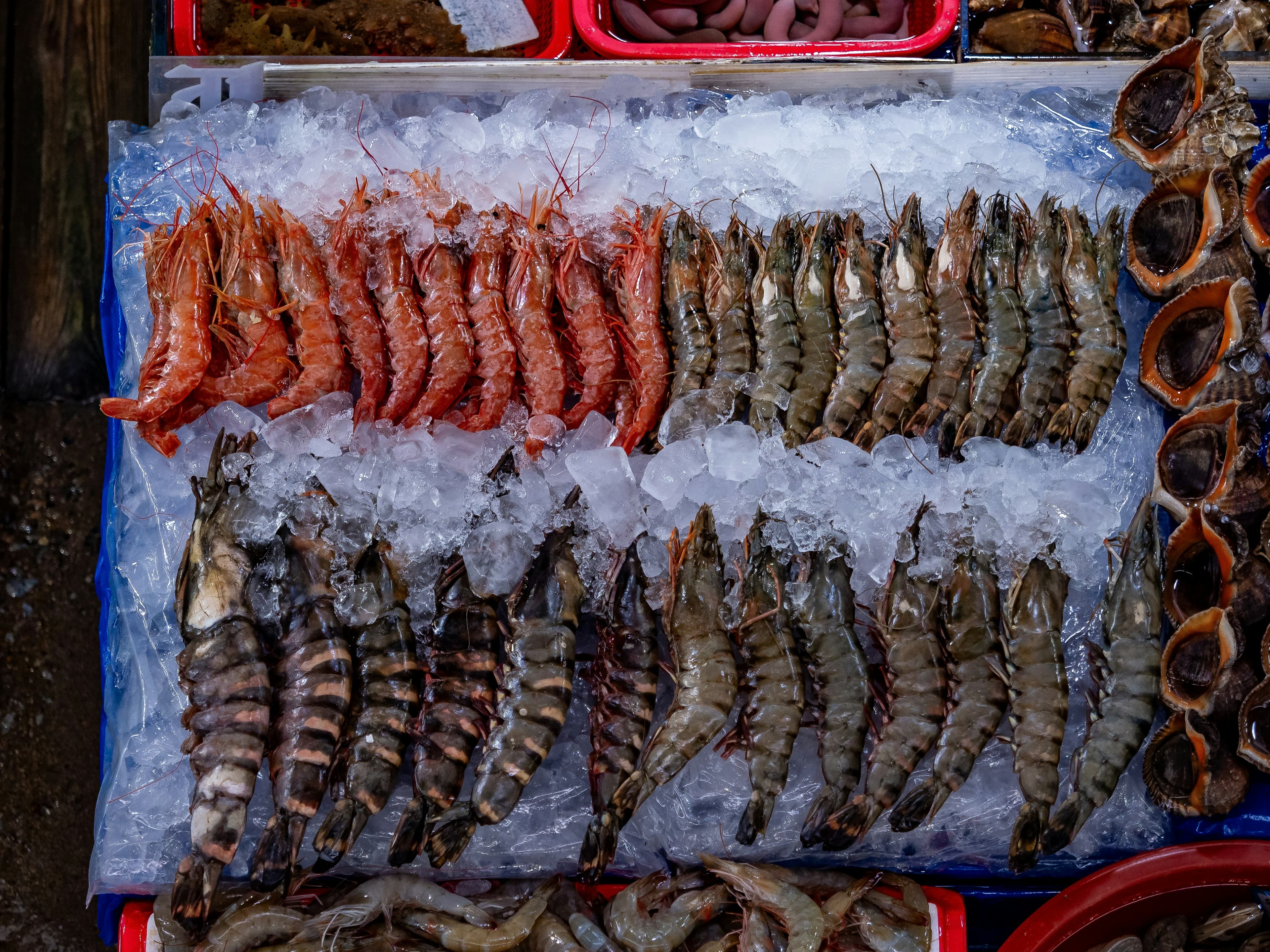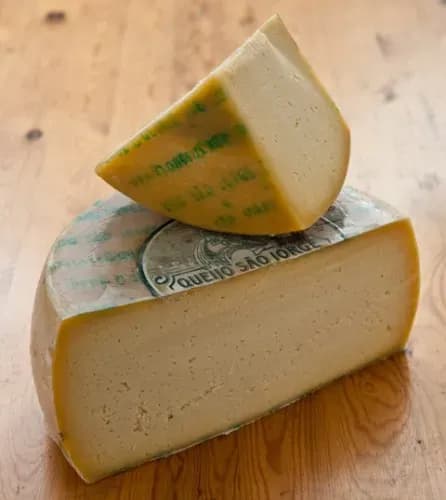
Convent Sweets: Delicacies Born in the Monasteries
When faith and sugar shaped Portugal’s sweetest traditions
A sweet legacy from the cloisters
Portugal wouldn’t be the same without its convent sweets. These golden pastries, rich in egg yolks and scented with cinnamon, tell the story of a country where faith met indulgence.
Born in the silence of monasteries between the 15th and 18th centuries, they were once made by monks and nuns, often to support the convent or thank benefactors. Today, they are an essential part of Portuguese culinary heritage.
From Lisbon to Évora, from Coimbra to Braga, every region has its own specialties, closely guarded and lovingly passed down. Their names are as poetic as they are delicious: papos de anjo, toucinho do céu, pastéis de Santa Clara, ovos moles de Aveiro.
Behind each lies a story, a monastery, and a well-kept secret.
When monasteries became kitchens of creativity
At a time when convents were centers of knowledge and manual labor, the sisters mastered the art of turning humble ingredients into edible treasures.
Egg yolks, abundant in convent kitchens, were their main base. The whites were used to starch habits or clarify wine, leaving an excess of yolks. Rather than waste them, the nuns transformed them into luxurious sweets with sugar, almonds, and cinnamon.
The arrival of sugar from the colonies, especially Brazil, gave new life to these creations. The monasteries became laboratories of confectionery. Recipes were whispered between convents and carefully guarded from outsiders.
This culinary heritage is now recognized by UNESCO as a cornerstone of Portuguese culture.

Symbolic and divine recipes
Each convent sweet carries meaning. Papos de anjo — “angel’s cheeks” — represent purity and spiritual lightness. Toucinho do céu, or “bacon from heaven,” reminds us that even in austerity there is joy. Ovos moles de Aveiro, shaped like shells and fish, evoke the sea and sensuality.
These desserts, often wrapped in delicate papers or ornate boxes, were gifts for visitors and nobles — tokens of gratitude, refinement, and devotion turned into art.
The women behind the recipes
Behind these creations stood inventive, resilient women. Isolated from the world, nuns expressed themselves through the act of cooking. Their desserts were manifestations of discipline, patience, and silent genius.
When the religious orders were dissolved in the 19th century, many recipes were saved by laywomen who continued the tradition. Some families still treasure the handwritten manuscripts, stained with sugar and egg yolk, as heirlooms of a sweeter time.
An art that still lives on
Today, convent sweets shine in Portugal’s best pastry shops. In Alcobaça, Coimbra, and Braga, festivals are dedicated to them, bringing together artisans and enthusiasts.
Modern pastry chefs revisit the classics with creativity and respect, adding new twists — a touch of citrus, salted caramel, or minimalist presentation.
Yet, despite the evolution, the soul of these desserts remains unchanged: Portugal’s sweet, spiritual, and generous essence.
A journey for the palate and the soul
Tasting a convent sweet is like traveling through time. It’s feeling history, faith, and love in every bite.
It’s discovering that Portugal’s beauty lies not only in its beaches and azulejos, but also in its sugary secrets, kept for centuries within monastery walls.
One bite, and the silence of the cloister turns into music.
Share this article
Suggested articles

Pastéis de Nata: History and Secrets of the Recipe
It’s hard to imagine a stay in Portugal without tasting a warm pastel de nata, with its crisp flaky crust and delicately caramelized custard. These small tarts, known as pastéis de Belém when they come from the famous Lisbon pastry shop, have become one of the country’s greatest gastronomic symbols. Their popularity has long surpassed Portugal’s borders: today, you can find them in Paris, London, New York, or Tokyo — but their true authenticity lies in the Lisbon tradition, passed down for more than two centuries.

Seafood in the Algarve, an Oceanic Feast
The Algarve, this southern region of Portugal bathed by the Atlantic, is not only famous for its golden beaches and cliffs sculpted by the sea… It is also a true paradise for seafood lovers ! Prawns, octopus, clams, crabs, fresh sardines, and of course the famous cataplana, every bite tells a story of the sea, local traditions, and culinary expertise.

Pão de Ló
In every Portuguese family, there’s a cake that comes out of the oven like a little sun: the pão de ló. Golden, airy, soft, it always announces something joyful. It’s the cake of dressed-up Sundays, overfilled tables, and aunts who hug you too tightly while saying how much you’ve grown.
.jpg&w=3840&q=75)
Pastéis de Bacalhau
There are dishes that smell like holidays and grandma’s kitchen. Pastéis de bacalhau are exactly that. These little golden cod croquettes, crispy on the outside and soft on the inside, are at once an appetiser, a madeleine of Proust, and proof that Portugal has completely mastered the art of frying.

The Best Francesinhas in Porto : The Complete Guide to Savouring the Portuguese Specialt
Porto, the second largest city in Portugal, is not only famous for its namesake wine and the picturesque landscapes along the Douro… the city is also a true culinary paradise, where tradition meets innovation!

The must-try Portuguese cheeses : Serra, Azeitão, São Jorge…
Let’s be honest : when people think of Portugal, they think first of wine, bacalhau, pastéis de nata… but rarely of cheese… And yet ! This small country hides a cheese-making heritage of incredible richness. From the mountains of Serra da Estrela to the islands of the Azores, each region has its own creamy, intense or matured gem, best enjoyed with a glass of local wine (of course). By the way, did you know that Portugal won the World Cheese Awards 2024 ? So today, let’s put down the board, grab a knife, and set off on a gourmet (and cheesy) journey through Portugal… the most melting adventure of all !


